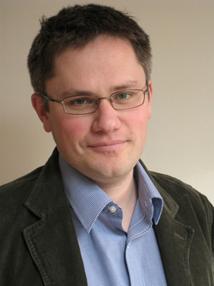BibTex format
@article{Thompson:2019:ve/vey038,
author = {Thompson, RN and Wymant, C and Spriggs, RA and Raghwani, J and Fraser, C and Lythgoe, KA},
doi = {ve/vey038},
journal = {Virus Evolution},
title = {Link between the numbers of particles and variants founding new HIV-1 infections depends on the timing of transmission},
url = {http://dx.doi.org/10.1093/ve/vey038},
volume = {5},
year = {2019}
}

